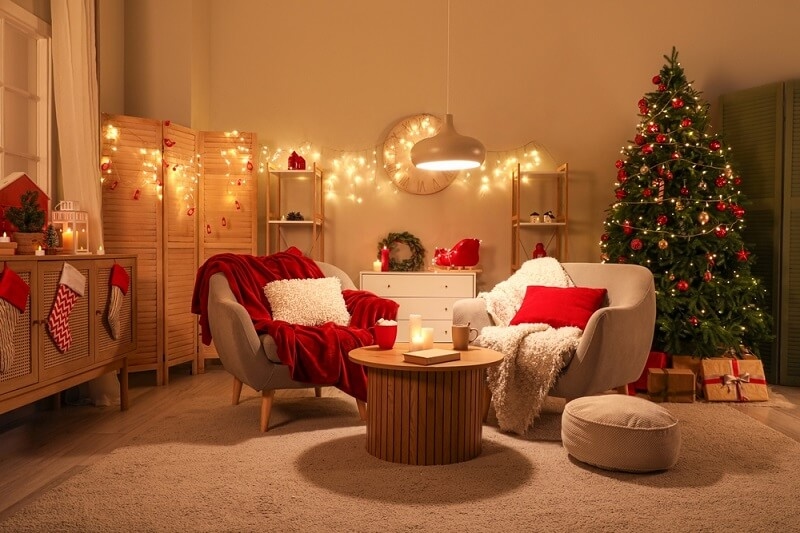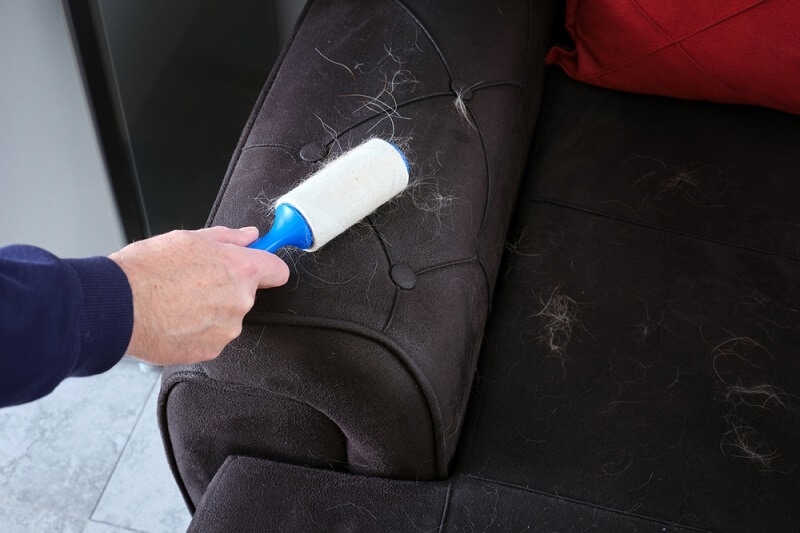
Furniture represents not only a major financial investment but also a source of comfort, aesthetic charm, and functionality. Your furniture needs to be taken care of well, no matter what the type or the location of it. Changing seasons, year-round heating and cooling, and daily use can make your furniture less attractive and shorten its life. A seasonal furniture care guide can be very helpful in such situations.
By devoting your furniture the attention it demands for each season, you will not only avoid damage but also maintain finishes and keep everything looking good all year round. Here are tips on how to protect furniture in winter, summer furniture tips, and seasonal care practices as part of your home maintenance guide.
Most people, at times, do a bit of cleaning and polishing of their furniture, but only a few will change their care routines according to the seasons. The truth is that climate and weather conditions have a considerable effect on the aging of furniture. Wood will be constantly expanding and contracting with humidity and temperature differences, causing either cracks or loose joints.
Proper and constant maintenance year-round will not only provide your home with a fresh environment but also a welcoming one. With a seasonal furniture care guide, you will always be ahead of the elements, and thus, your pieces' structural and aesthetic value will be maintained.
Every season has its own problems and advantages when it comes to home maintenance. Consider this routine as a cycle of cleaning, conditioning, and protecting that rotates and is tailored to your weather.
Spring is a season of renewal. When the temperature begins to rise, the first thing you should do is deep cleaning and determining the extent of wear caused by winter.
Inclusion of Tasks:
A complete spring cleaning not only brings back life to your space but also prepares it for the active summer months that are coming.
The summer season is accompanied by warm weather, sunshine, and outdoor parties, but it can also lead to the drawback of furniture and other household items being exposed to water, sunlight, and high temperatures. If you follow some summer tips for furniture, your pieces can not only be protected but also lovely during the entire season.
What to Do:
Create Shade: If there is any furniture in the patio or on the deck, make sure to place it under the shade of umbrellas, pergolas, or trees to restrict its exposure to direct sun. The sun's rays can make wood and fabrics lose their color.
Summer can also be a great time for small touch-ups — just a little oiling of the wooden chairs or tightening screws can go a long way in preserving the integrity of your furniture.
Winter is on its way, and the time has come when the wood gets cold and starts to feel very cold, indicating that it is time to prepare your home and furniture for the cold season. Fall is the time when you clean, fix, and protect your belongings from the coming winter. Here are some tasks that you might want to include in your fall to-do list:
Your Fall Checklist:
If you put in a little effort during the fall, you will have a hassle-free process of furniture protection during winter and also no furniture repairs next spring.

Winter is the most challenging period. If you are not ready, the freezing conditions, snow, ice, and humidity swings can all result in damage that is hard to repair. Regardless of whether you live in the North with heavy snow or in a Southern climate with mild conditions, your furniture will still need protection against the elements.
How to Protect Furniture in Winter:
The proper furniture in winter can be guaranteed by using the above steps, and it will be the most beautiful and ready for the coming of spring.
Here’s a simple breakdown to make your furniture care by season routine easy to follow:
| Season | Primary Focus | Key Actions |
| Spring | Renewal | Clean, polish, reseal, and inspect for winter damage |
| Summer | Protection | Shade from UV, regular cleaning, and rotate cushions |
| Fall | Preparation | Repair, condition, cover, and store |
| Winter | Preservation | Store indoors or cover, monitor humidity, and prevent freezing damage |
Keeping this cycle in mind ensures your furniture remains elegant and functional regardless of the season.
A seasonal furniture guide saves money and keeps your home looking good. Instead of fixing damage, you stay ahead, making your furniture last and saving money.
By doing small things with the seasons, you're keeping your stuff safe, keeping your home nice, and making sure everything looks good. This habit is connected to taking good care of your home, so your furniture does well no matter the weather.
Your furniture tells a story of your home: meals, nights in, parties, and mornings. Taking care of it each season is an easy way to keep that story safe. With this guide, you’ll know how to clean and protect everything, inside and out. Follow these warm-weather tips, protect furniture when it's cold, and take care of things each season. What do you get? A nice, lasting, and comfy home that feels timeless, whatever the weather.
This content was created by AI